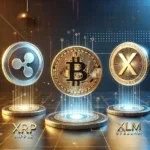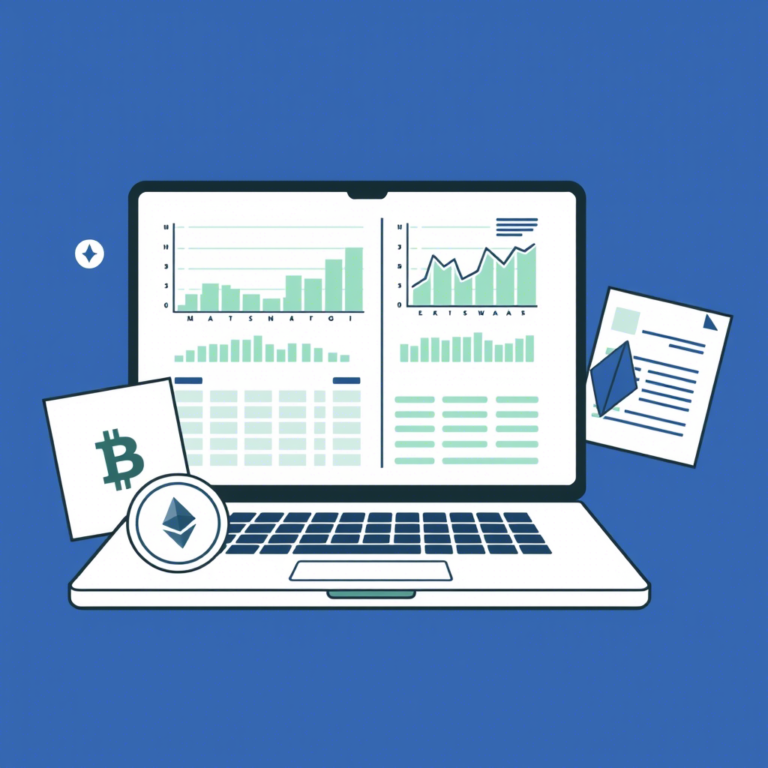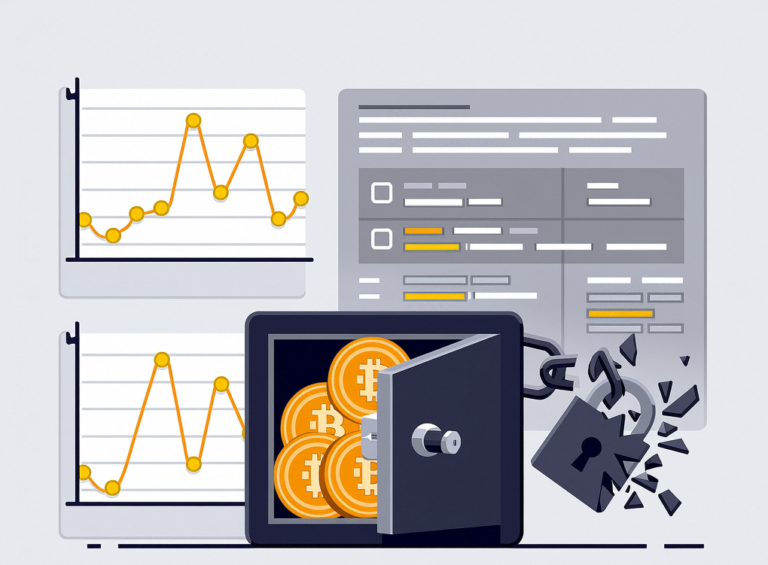Non-Fungible Tokens (NFTs) took the digital world by storm in recent years, enabling creators to sell unique digital art for millions of dollars, gamers to own items across virtual realms, and musicians to engage fans with exclusive collectibles. But what exactly are NFTs, and how do they differ from cryptocurrencies like Bitcoin or Ethereum?








